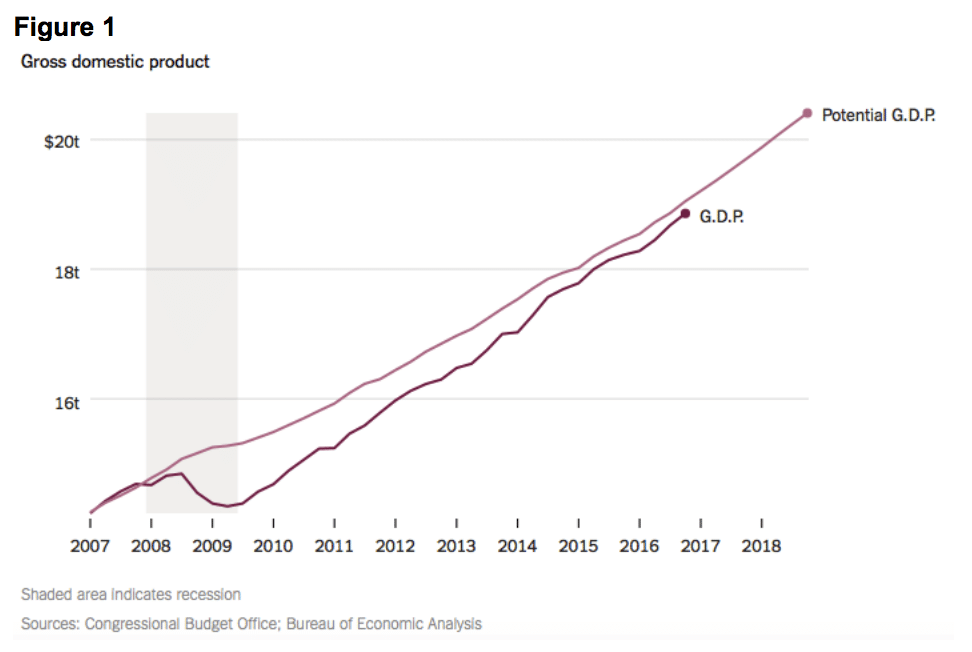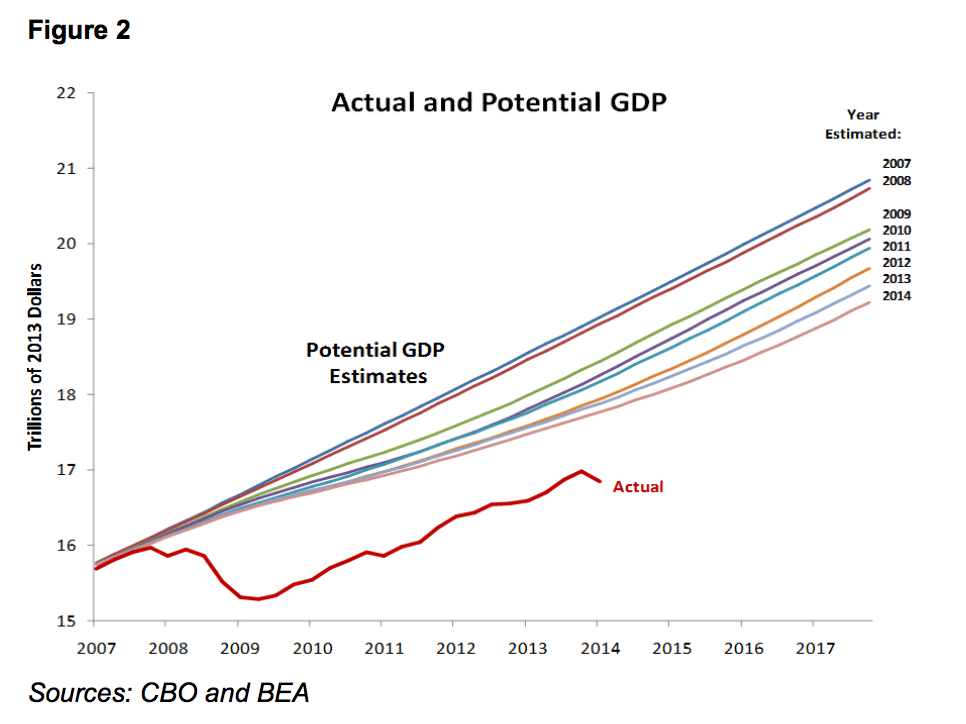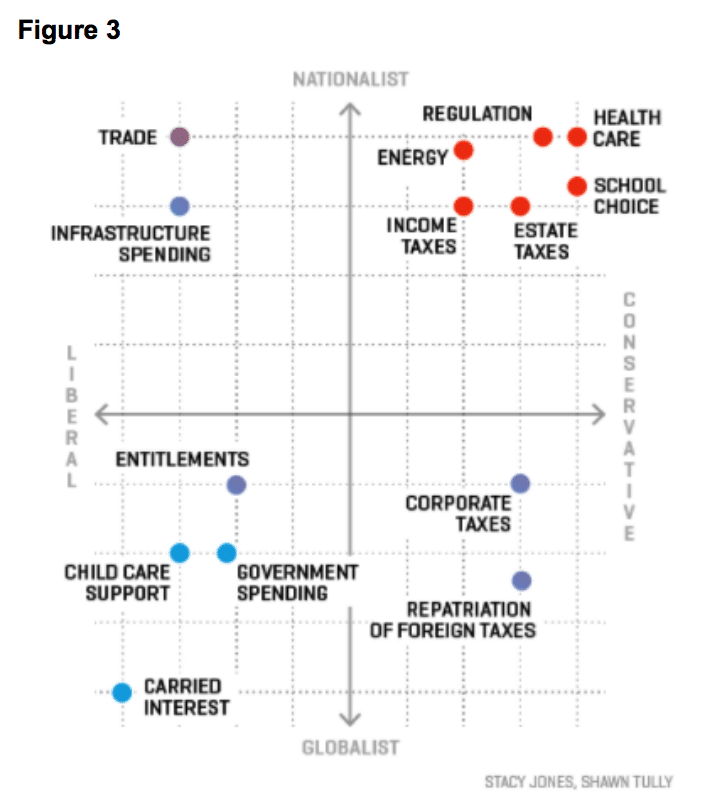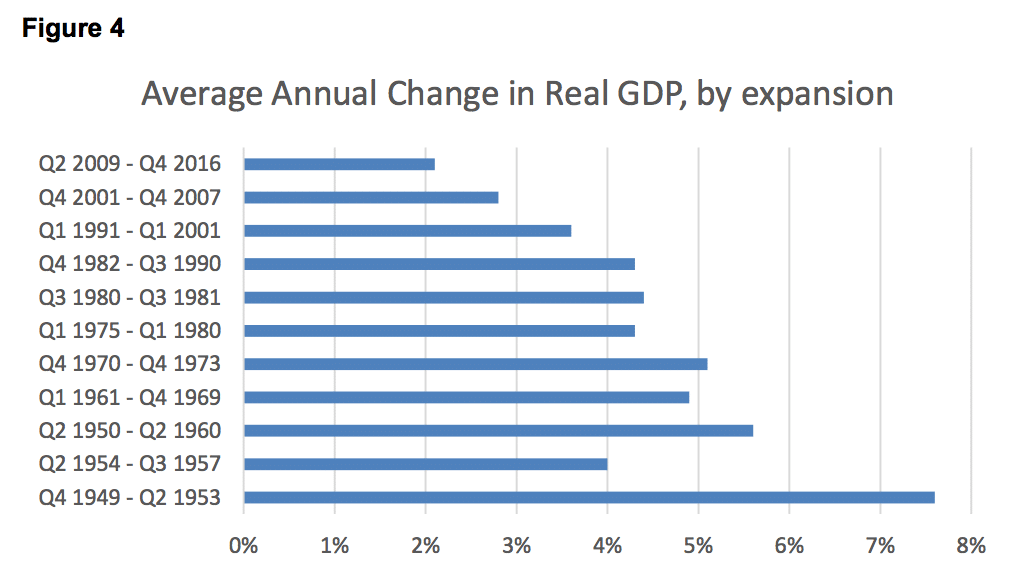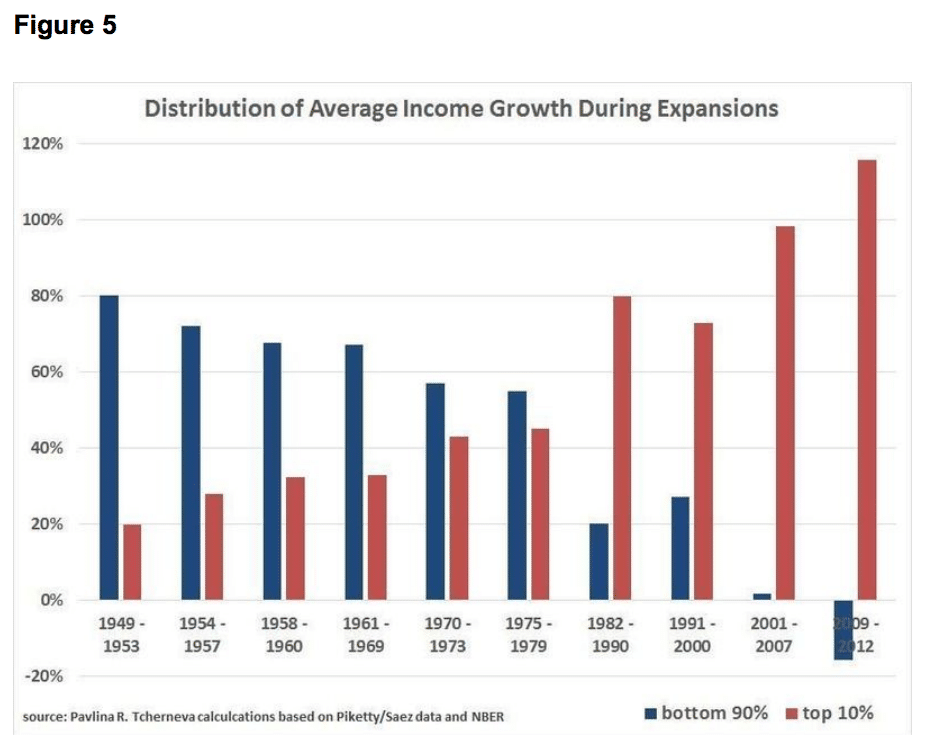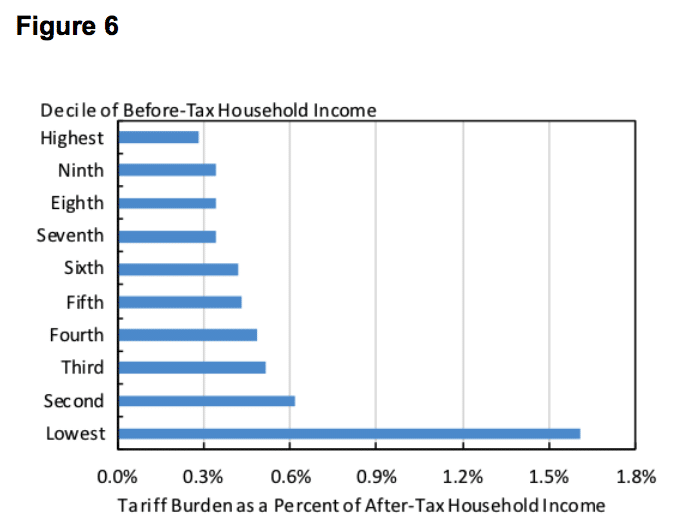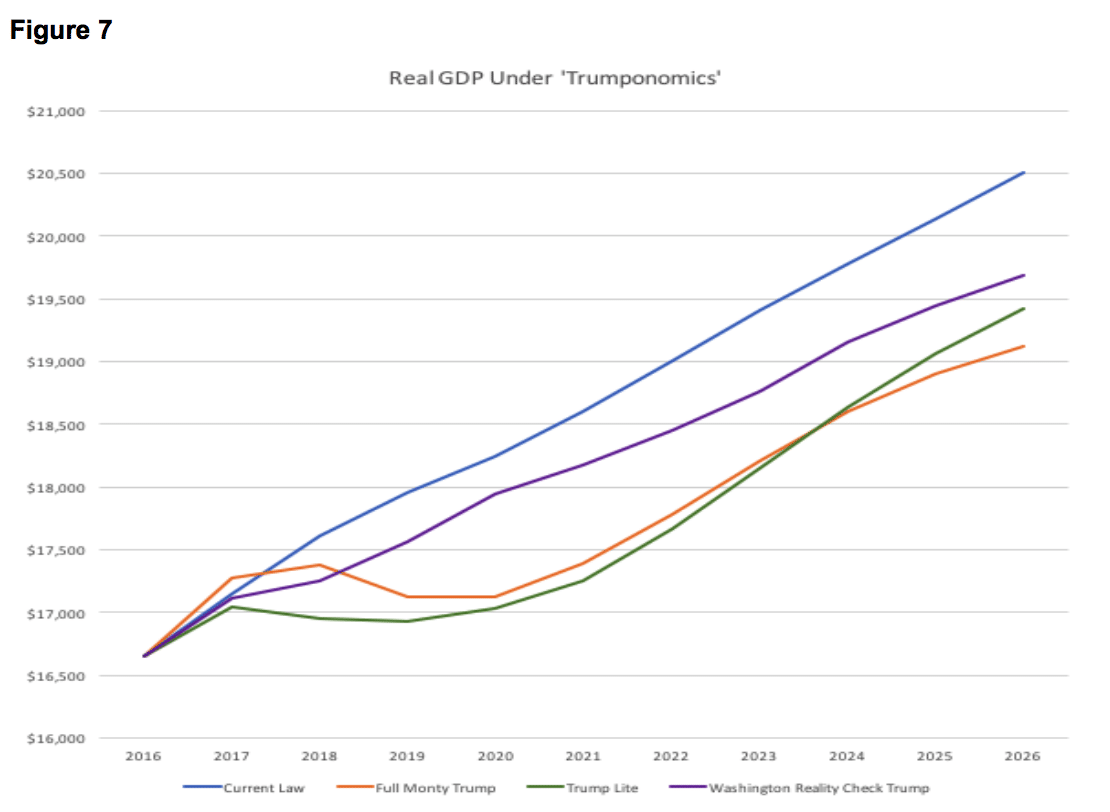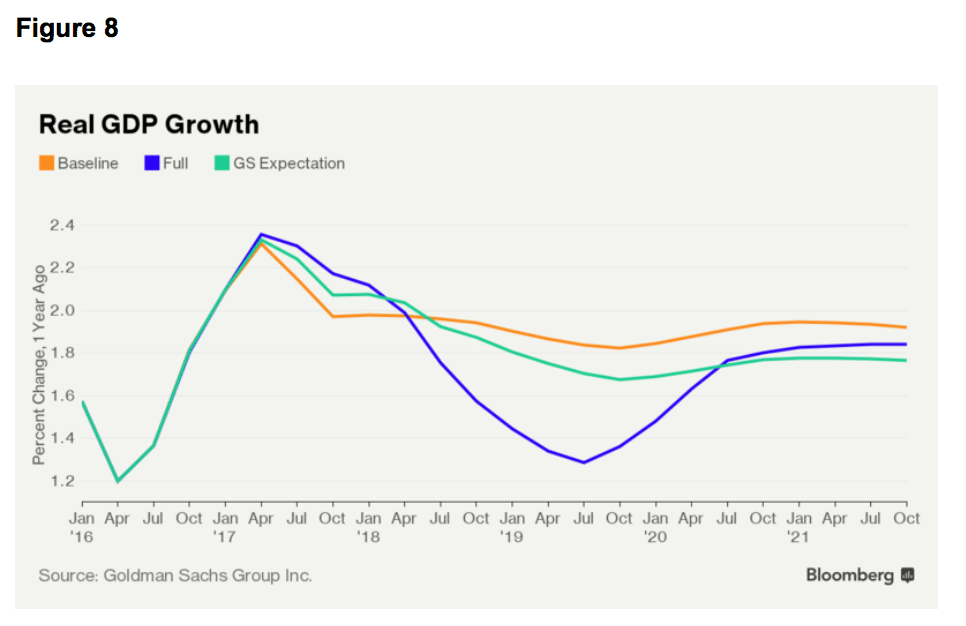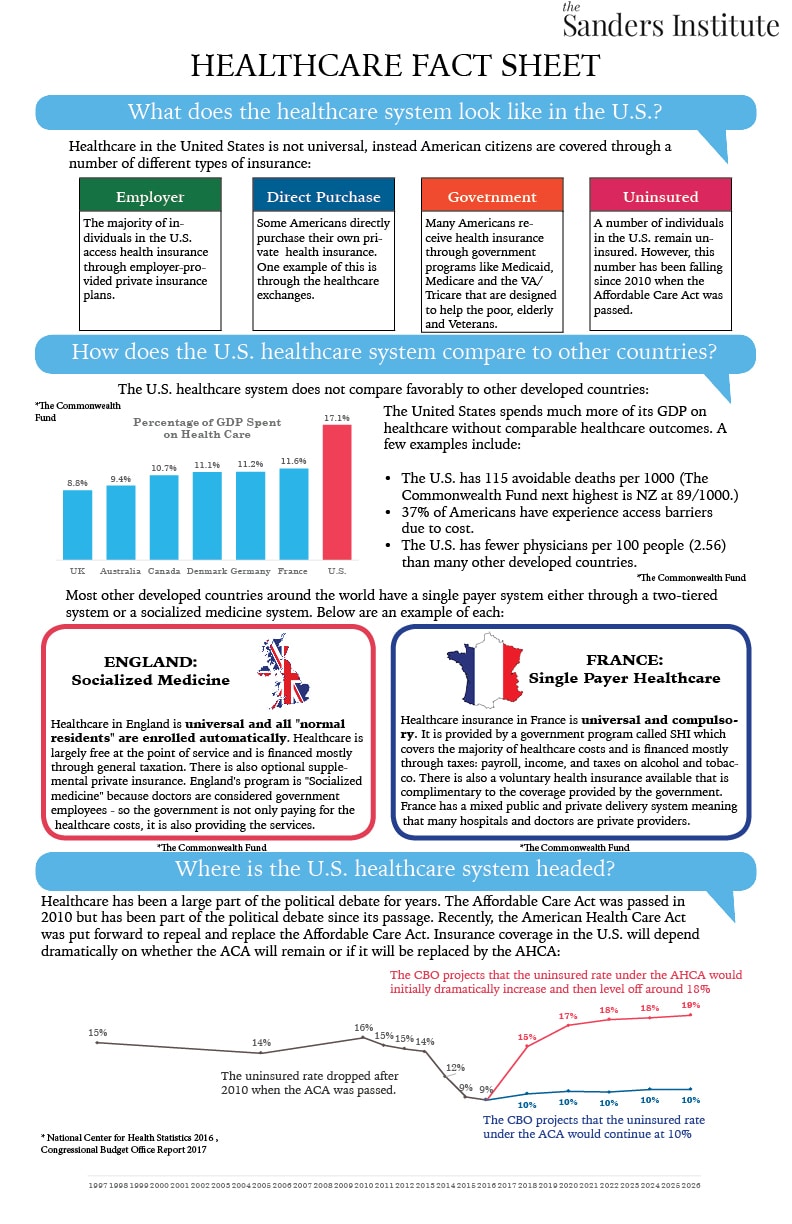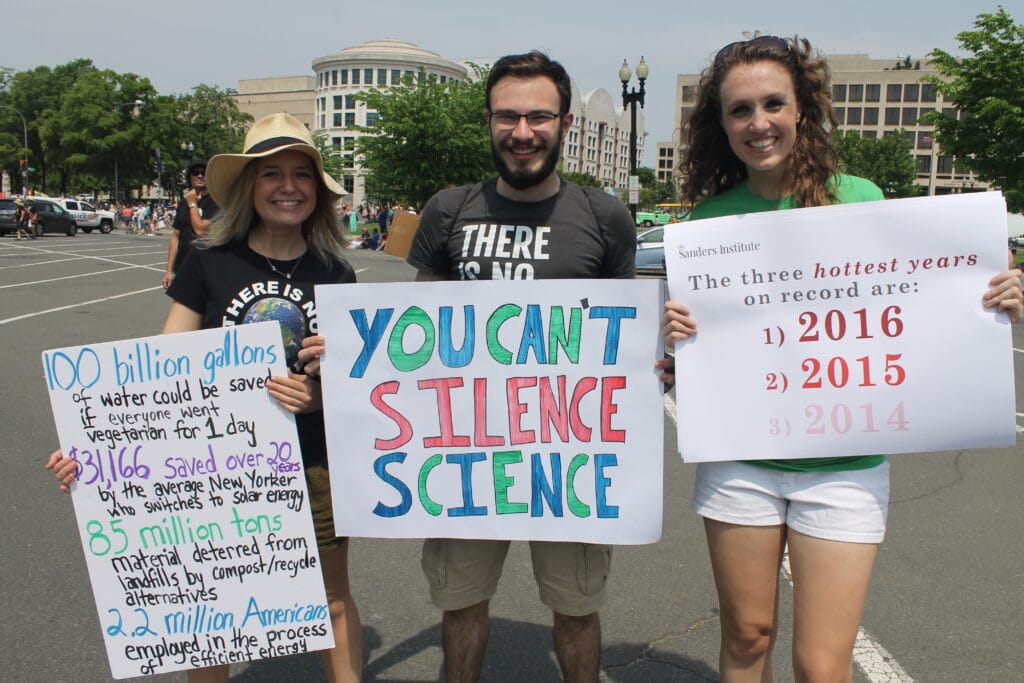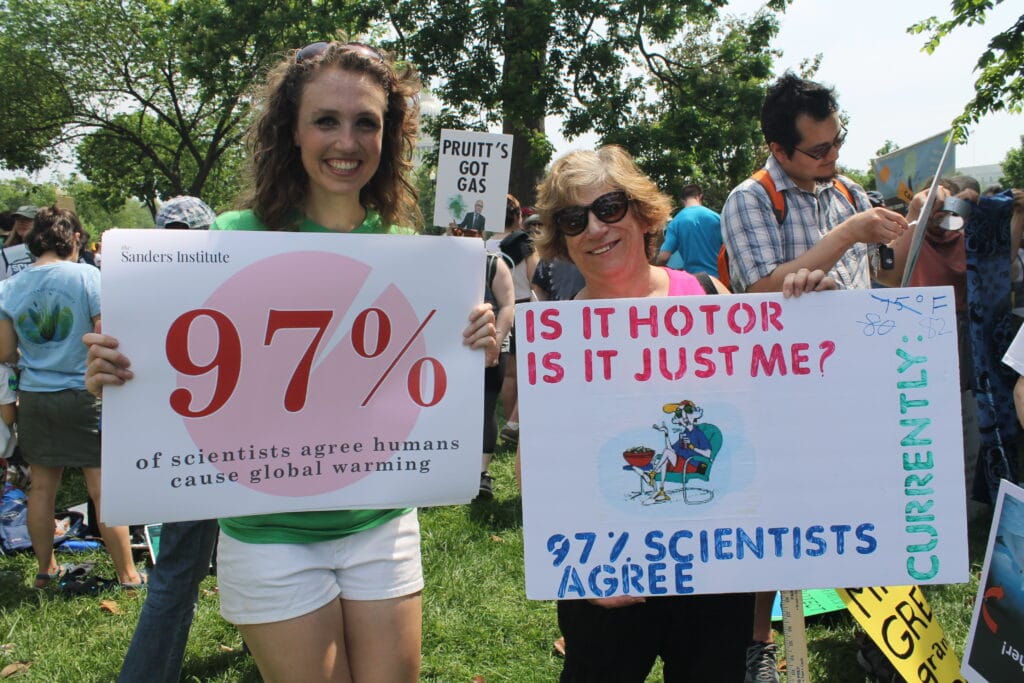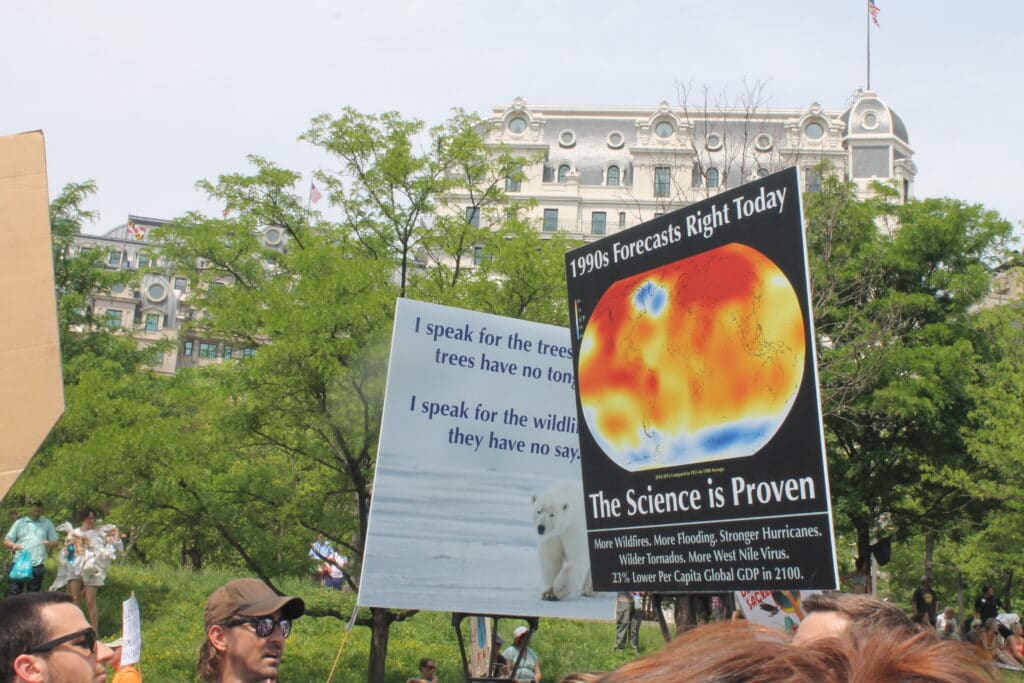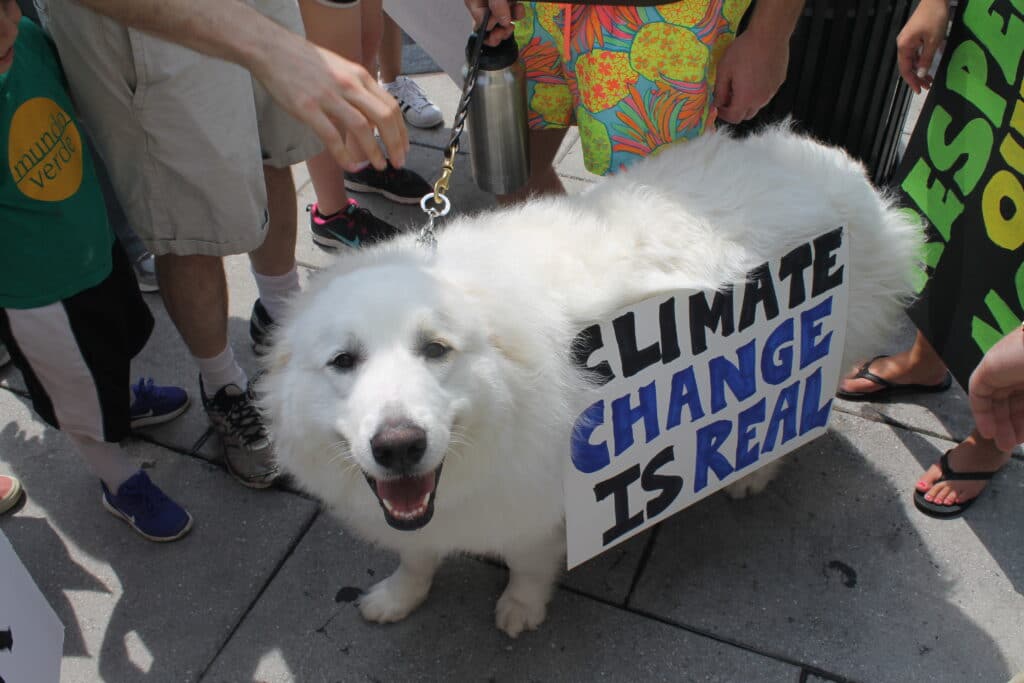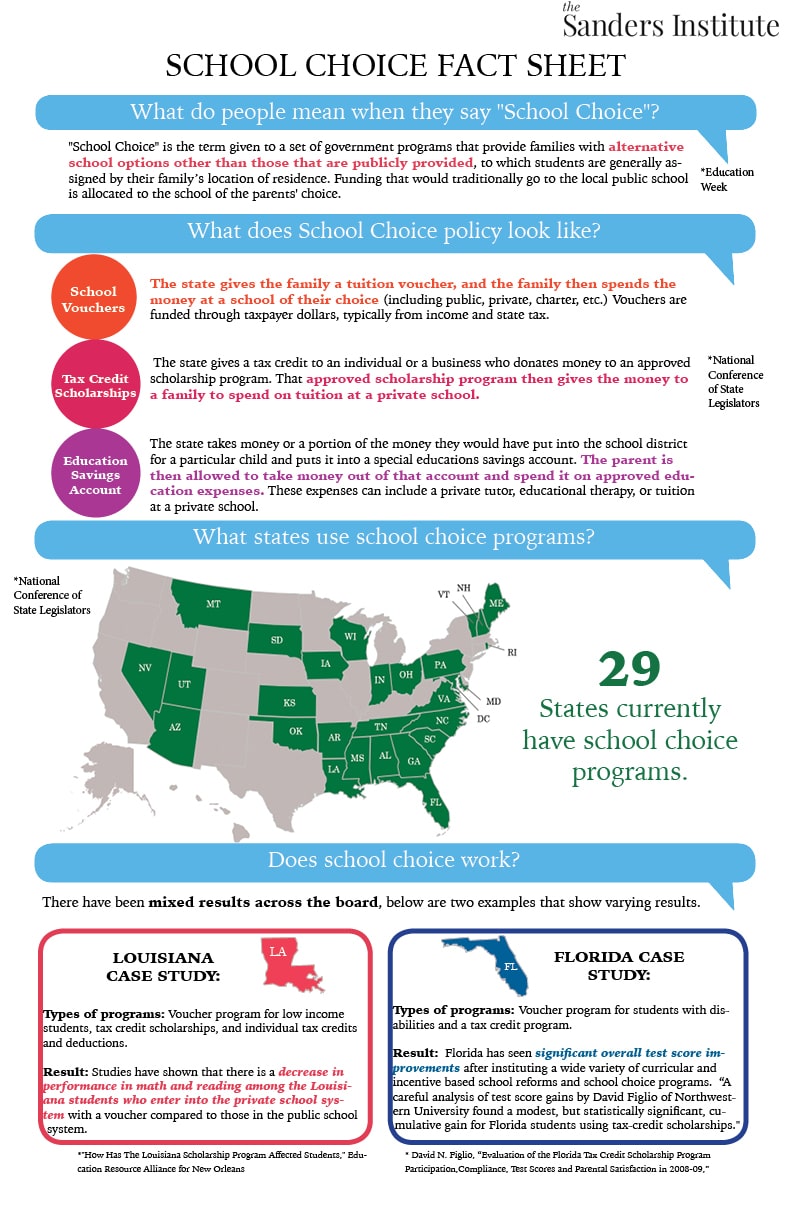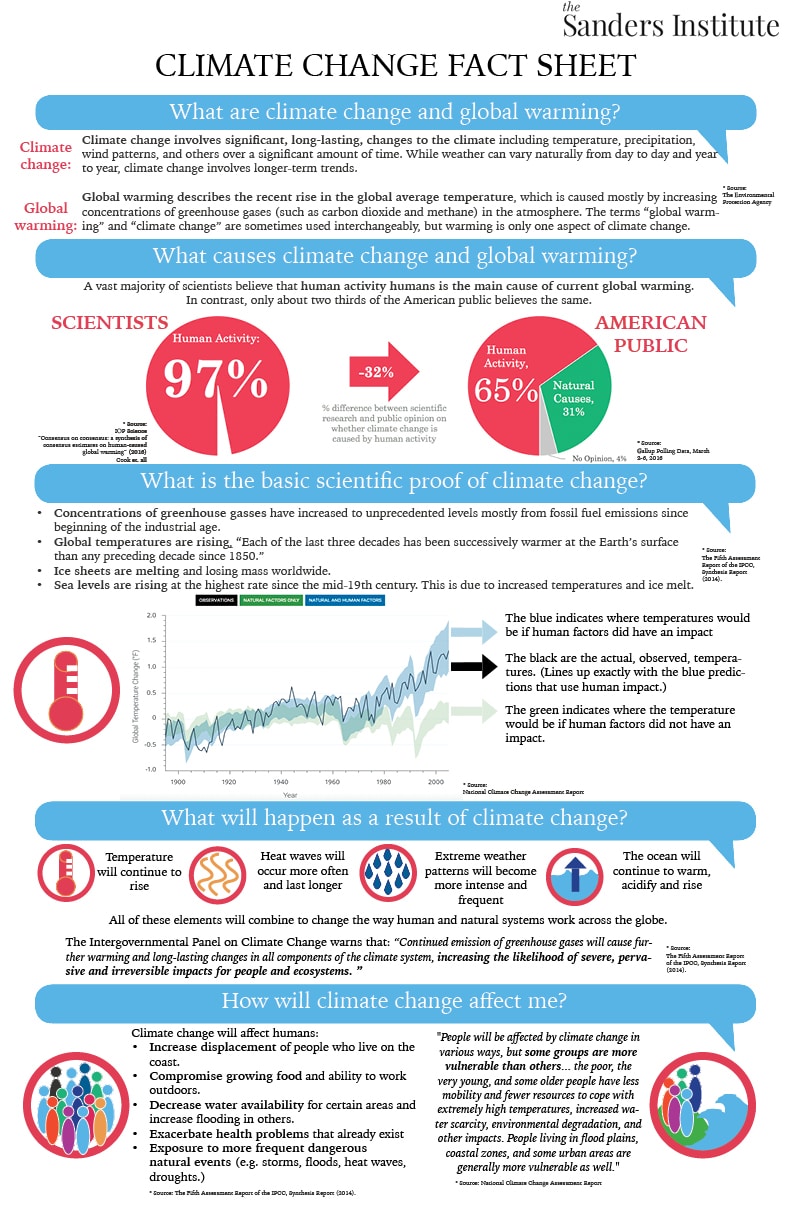Above Photo: Executive Director of The Sanders Institute Dave Driscoll, Co-founder and Fellow of The Sanders Institute Dr. Jane O’Meara Sanders and Vermont Senator Bernie Sanders at the Consumer Watchdog 2017 Rage for Justice Awards, May 6, 2017.
Consumer Watchdog hosts the Rage for Justice Awards to honor the heroes and heroines of the public interest movement. The awards are named after Congressman Phillip Burton, one of the most productive and driven progressive legislators in American history. His story is told in John Jacobs’ acclaimed book A Rage for Justice. This year’s honorees included Bernie & Jane Sanders, Chris Spagnoli, and Jackson Browne.
TRANSCRIPT:
Good evening. And thank you for that amazing video! As you can see, Bernie and I have been together for quite some time – 36 years actually – and we’ve grown older and wiser – most obviously older.
I want to start by thanking all of you for coming out tonight and being part of this important organization. It’s more vital than ever to have groups like Consumer Watchdog out there, fighting for ordinary citizens.
When we received your letter inviting us to be honorees tonight, there was a line describing you all.
It said: “We have been called hell raisers, bomb throwers, trouble makers.”
“Wonderful,” I thought. These are our people!
Bernie and I are both so honored to be here tonight to receive an award from Consumer Watchdog, an organization we respect so much. I especially love that we’re being recognized for public service, as that is what brought us together and it is what has sustained us – along with our family – throughout the years.
Speaking of family, we are very happy that our son, Dave, could be here with us tonight.
You’re all familiar with Bernie’s campaign for President, aren’t you?
During that campaign, we travelled around the country, talking to people and listening to their stories. Hearing about their hardships. Finding out about their dreams.
Bernie might not have won the election, but he definitely made a difference. And because of his strong standing with the people, we have something of a bully pulpit right now – and we are using it. To talk about issues that we feel are not getting enough attention. To talk about issues that people do not always want to talk about – would rather sweep under the rug.
We want to be advocates for the victims of injustice – like you are. To rage against injustice – like Congressman Phil Burton so famously did.
In your invitation to us, you said: “Our honorees share a singular intensity, an unremitting indignation, a profound refusal to accept unfairness that impels them to the pursuit of justice.”
We share that indignation. That intensity. And I want to talk to you about the profound unfairness that is most on my mind right now.
Because it happened exactly one week ago, tonight. And it happened to a young man named Jordan Edwards.
For those of you who don’t know, Jordan was a fifteen year-old Texas teenager. An honors student. A beloved friend. Kind, studious, optimistic, loving.
Last Saturday night he made the terrible mistake of thinking he could do what every other 15 year-old likes to do on a Saturday night. He went to a house party.
He went with his brothers and a couple friends. When the party got big and rowdy – behaving responsibly – they decided to leave.
Unfortunately, they were driving away just as a couple of police officers were walking up to the house, and for some unknown reason – they were doing nothing wrong, they were driving away from the party – one of the officers decided to shoot into the car.
With a rifle. Repeatedly.
He shot and killed Jordan Edwards.
This story is too familiar. The specifics may change. And this one has an even more tragic element as Jordan’s brothers had to witness it, be kept away from him and be arrested.
Body cam footage made it clear that they did nothing wrong.
But this was a car of young black men.
Wouldn’t it be nice if body cam footage could reveal not just what happened on the street that night, but why?
Wouldn’t it be nice if we knew what role racism played in what happened to this young man?
We can’t know for certain. But we do know this. The shooting was unjustifiable.
Jordan’s death, like far too many black boys who have been murdered, apparently, just for being black – is unjustifiable.
That mothers and fathers have to warn their kids to stay inside after dark because they’re afraid of the police, is unjustifiable.
Traveling around the country in the past year, my husband and I have come face to face with all kinds of discrimination based on race, ethnicity, religion, sexual orientation or station in life.
Native Americans having inadequate health care and education on their reservations. And having little to no say on matters of criminal justice.
Immigrant families living in constant fear of being detained, deported or split up.
Seniors, people in need, forgotten. Watching their social safety net being slashed first, by their states, and now, by the federal government.
People with pre-existing medical conditions, including mental health illnesses. Fearful of what the health care bill just passed by the US House will mean to their stability, their dignity, their health – even their life expectancy.
Children in low-income areas receiving a very different education in their schools than their peers – and they are their peers – in wealthy communities.
People in poor communities across this nation unable to drink the water that comes out of the tap and, in Flint Michigan, being evicted because they can’t pay the exorbitant water bills.
Working families unable to find decent paying jobs. Unable to afford decent housing or the medication they need to stay alive.
We spent a lot of time with real people on the road. And we learned a lot.
That is why I am so honored by your recognition. Because it is you, who deserve to be acknowledged. You, who passionately defend the defenseless. You, who dedicate every waking hour to preventing consumers from being exploited. You, who speak out and seek to address bias.
You, who work toward a world where boys like Jordan Edwards have opportunities instead of eulogies.
I realize this is a big topic for a small speech, but I couldn’t speak out for justice tonight without honoring Jordan. And he is not alone. There are many other boys and girls whose promising future is being withheld from them – and parents who are doing the best they can with less and less opportunity in their communities. Too many have to face the ultimate injustice that Jordan, his brothers and parents endured. Too many have to live without fathers or mothers, as Erika Garner and Cameron Sterling do.
Many, many, many others are enduring a daily, insidious racism or discrimination. This is an issue that needs to be admitted, openly discussed, confronted and finally defeated in this country.
Re-dedicating ourselves to justice is the least we can do for the all-too-many people of color and the most vulnerable among us who live in fear everyday. It’s the least we can do for the working class people who are – often against the odds – struggling to live their lives in dignity.
We can stop this madness – if, and only if – we – together – stand up, fight back, fight for what we know is right.
We need to stand together to help the 43 million Americans who live in poverty, climb their way out of it.
We need to stand together to create new jobs; invest in sustainable economies and renewable energy; and make sure that people earn a living wage.
We need to stand together to protect the Fourth amendment and our right to privacy and to stop what – if you listened to FBI Director Comey’s testimony before Congress this week – appears to be unfettered surveillance.
You, at Consumer Watchdog, are willing to stand up and fight back and You understand what the important issues are for the working men and women of this country.
I am proud to stand with you and I promise to continue to stand up, fight back and to earn this gracious award for public service, from this truly honorable organization.
Thank you so much.
And now, I present to you, my hero, my husband, Bernie Sanders.
